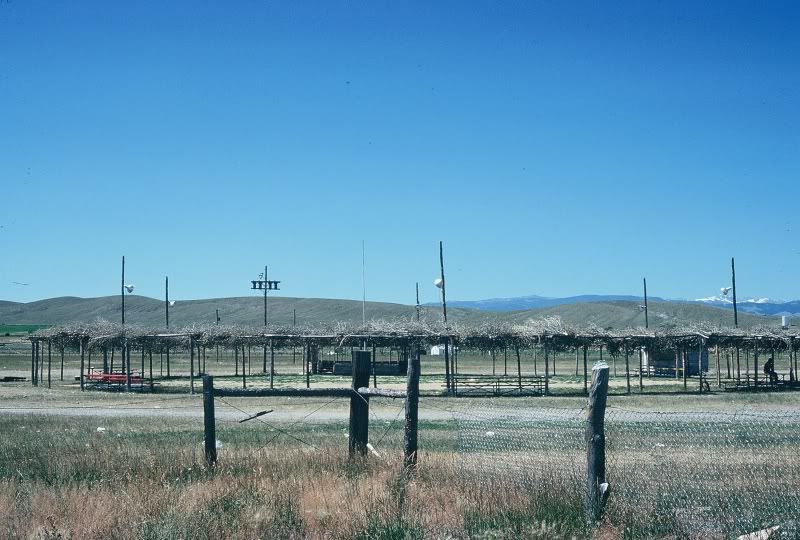Our newest book, Two Toms: Lessons from a Shoshone Doctor, will be available Spring 2011 from the University of Utah Press. It's called Two Toms because it's about a Shoshone doctor, Tom Wesaw, and me, Tom Johnson. On the Wind River, Wyoming Reservation, we were known collectively as Two Toms.
The picture above shows the circular arbor of a pow-wow - a three-day event held each summer by the Shoshone of Wind River, Wyoming, and also by the Arapaho. Dancing and dance-contests for all ages and for men and women take place each afternoon and evening, with colorful garb. Tom Wesaw and I often visited the pow-wow and for Tom it was a chance to renew acquaintances and for me, a chance to meet new people. .
On one of our trips to visit a client who needed doctoring, I drove past this old abandoned one-room log cabin, that may have been a home for an entire family in the 1930's, a period of extreme poverty.
 |
| Moccasin Lake at 8,000 feet in the Wind River Range. |

